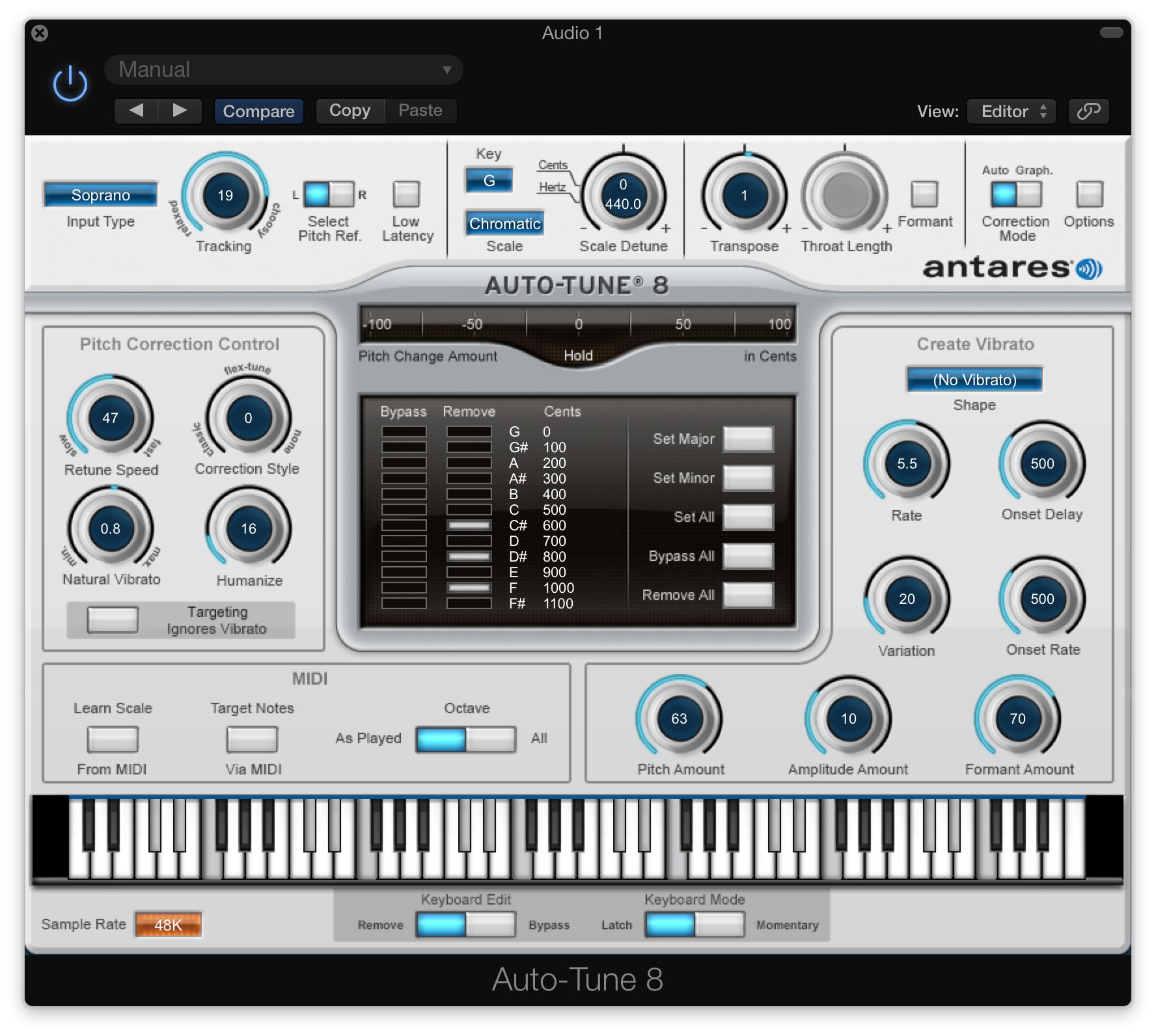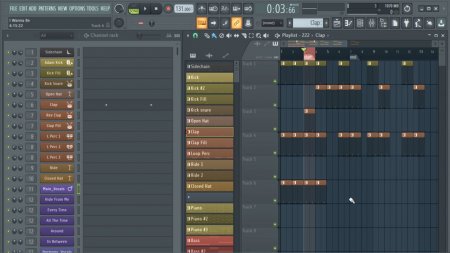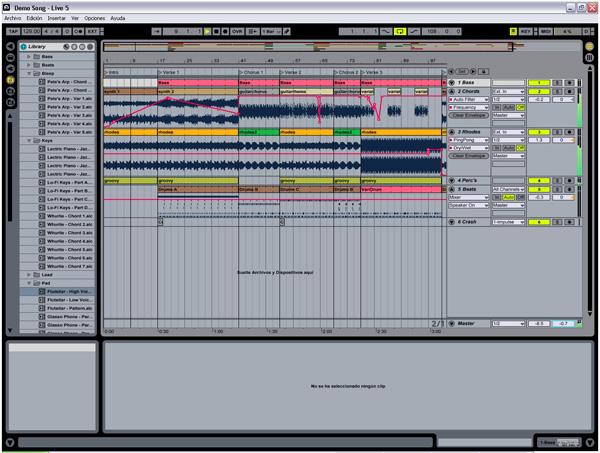
Read more about workarounds for this here. For several popular plug-ins, the developers only support VST3 versions (not VST2) natively on Apple Silicon.

Certain AU devices also require running Live as an Intel application, via Rosetta 2. Note: On Apple Silicon computers, t he Universal build of Live 11.1 and above only recognises VST2 and VST3 plug-ins that are natively compiled for Silicon processors.


Recommendations for using AU and VST plug-ins on Mac.Recommendations for using VST plug-ins on Windows.The result is sumptuous.VST/AU plug-in doesn't appear in Live's Browserįirst, read these guides on how to install plug-ins correctly: The secret of its sonic richness lies in its tube gain stage, which gets warmer as the input level rises, helped by UAD having modeled every detail of the input and output stages, including the non-linear nature of its circuit. The original hardware has found favour in many of the world’s most celebrated recording studios and, as UAD’s emulation joins the ranks of its Unison-enabled preamps, you can now track recordings through it (vocals sound particularly great, as do hardware synths) or ‘re-preamp-lify’ existing audio recordings by adding the V76 as an insert at the top of a channel-strip of effects. Here’s a preamp which really does sound like analogue in action, with UAD’s emulation the only officially-endorsed plugin of this hardware to date, with each stage of its behaviour meticulously modeled. The UAD platform isn’t short of classic preamp emulations and joining the Neve 1073 and SSL E-Channel ranks (to name but two) comes a less known but justifiably coveted choice the V76 Preamp, whose hardware was developed by the German Institute of Broadcast Technology (IRT).Īs with most classic preamps, its sound isn’t determined by an extended feature set or chameleon-like flexibility, but rather features a reputation built on the singular quality of its warm, ‘hi-fi’ tube sonic character.


 0 kommentar(er)
0 kommentar(er)
